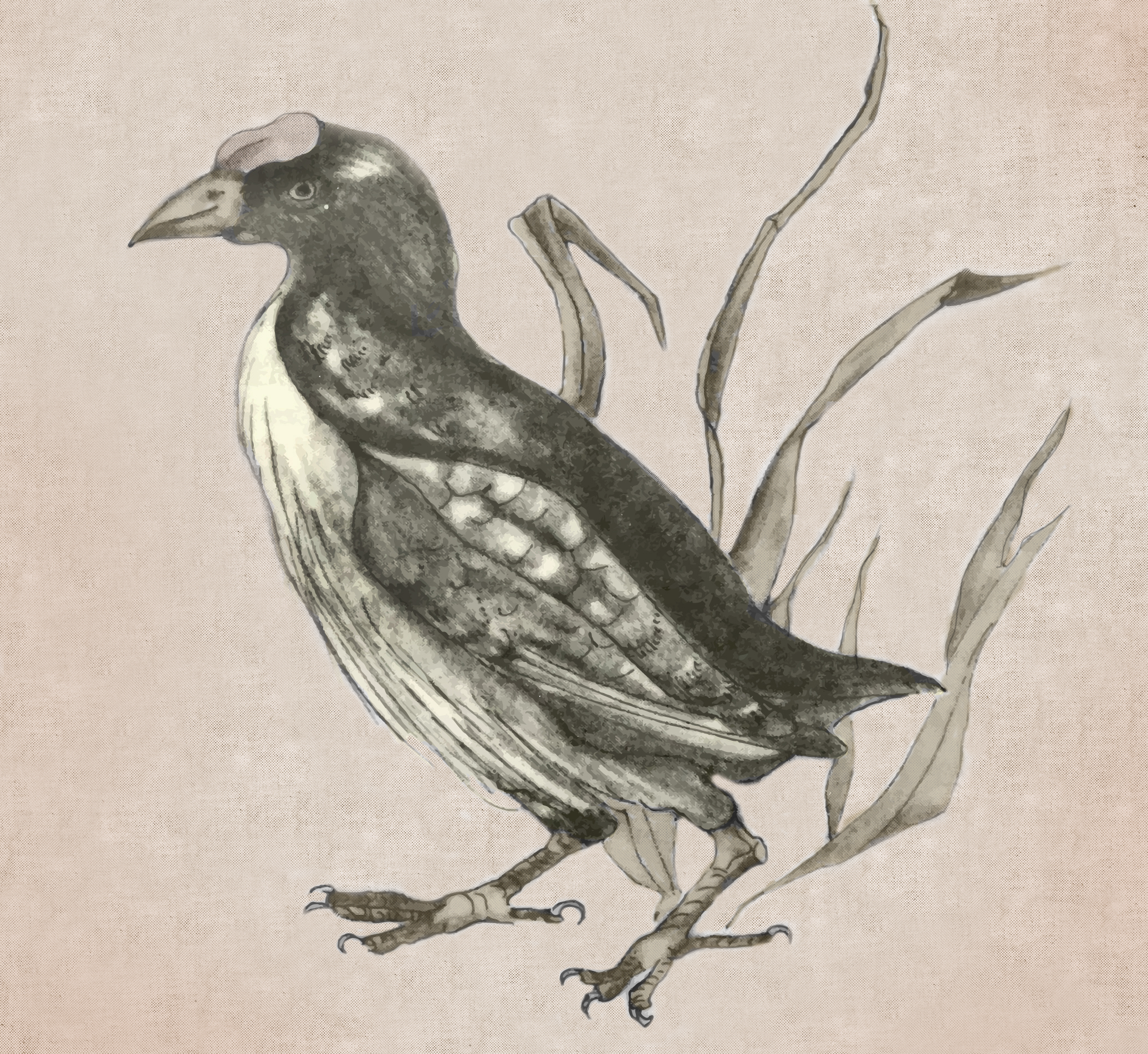
‘O le tasi aitu na tapua’i ‘i ai Sāmoa i aso anamua, ‘o Vave lea, ‘auā ‘ua māsani ‘o ia i le faiva o tau. Sā matuā māsani ia ma mea ;uma e aogā i le taua. Na fa’aaloalo lava Sāmoa ‘i lēnei sauali’i ‘ina ‘ia i’u ‘i se manuia le taua na lātou fa’asaga ‘i ai. ‘O latou tāofi, ‘e manumāloō lava le itūtaua ‘ua puipuia ma ta’ita’iina e le sauali’i ‘o Vave.
‘O le aitu e pei ‘o se agaga. ‘E lē mafai ona tātou va’ai ‘i ai i o tātou mata. ‘O le mea lea e tino mai le aitu i le ata o se manu, po ‘o se i’a. ‘O le aitu lenei ‘o Vave, na tino mai pea ia i le ata o le manuali’i, ‘a ‘o lona leo ‘o le leo fo’i o le manuali’i. ‘Ā fai lā ‘ua vā;aia lea manu ;o lele ane, ona fiafia ai lea o le itūtaua, ‘auā ‘ua lātou lagona ifo, ‘o le’ā manumālō ‘ina ‘ua afio mai Vave na te ‘au i ā te ‘ilatou. ‘E ‘āmata i lea itūlā, ‘ua mālamalama lava le ta’ita’i’au i le āmio a le manuali’i. ‘E fa’apea: ‘A fai e lele atu le manuali’i i luma o le vaegā’au ma tagi ma toe fo’i mai ma toe fo’i atu, ona fiafia ai lea o le ta’ita’i ‘ātoa ma lana ‘au, ‘auā ‘o le āmio lea a le manuali’i e iloa ai e ‘ilātou ‘uma ‘o le’ā manumālō la lātou itūtaua. ‘A e ‘ā fai e lele atu le manuali’i ‘i tua o le vaegā’au ma ‘ua lē toe fo’i mai, ona tupu ai lea o le fefe ma le atuatuvale o nā tagata ;uma. ‘E vaivai ai fo’i ‘ilātou ‘ina ‘ua iloa ‘o le’ā i’u le taua ‘i se mālaia.
‘A e lē gata ‘i ā Vave na tapua’i ai Sāmoa i pō o taua, ‘a ‘ua tofu lava nu’u ta’itasi ma le aitu na lātou sulufa’i ‘i ai, ‘a e maise i aso faigatā. ‘E fa’apea ona faia Moso mo aitu ‘o se tasi nu’u, Lefanoga o le tasi, Nifoloa o le tasi, Nafanua le afafine o Saveasi’uleo, o le tasi nu’u. ‘O vave, ‘o le sulufaga lea o le tasi nu’u i Tutuila. Na tino mai lenei aitu i se tasi ma’a ‘ua igoa ‘o Vave. Te’i ane, ‘ua soso’oina na ‘upu e lua ‘ua ‘avea ma igoa o le nu’u ‘o Amanave.
‘O tagata Tuamāsaga sā latou tapua’i le fe’e. Sā lātou ati a’e se mālumalu mo ia ‘ua gaosia i pou ma’a. ‘O iai pea i nei onapō ni isi o nā ma’a ‘ua ta’atitia maogā’uta i tafatafa o Vaisigano. Na ta’ua lea malumalu ‘o le “Falema’a o le Fe’e. ‘O le tānoa tele ‘ua igoa ‘o le Lipi, ‘o le ata lea o lenei aitu. I pō o taua, na si’omia ma teuteuina leneu Lipi, ‘o le ata lea o lenei aitu. I pō o taua, na si’omia ma teuteuina lenei Lipi ‘i pule sisina e fa’aaloalo ai ‘i le sauali’i. ‘I le, ‘ua faia e le taulāitu lana tatalo e fa’apea:
“Le Fe’e e, fa’afofoga mai ia,
‘O a’u ‘o Pai ‘o le’ā tūla’i atu nei.
Se’i tau a’i le taua lenei.”

Vave is a god who was born within and from a stone in Tutuila, perhaps located in the village of Amanave. “Vave” means “swift” or “quickly.” It is thought that Vave first came as a spirit from Tonga, and that, since being a spirit, Vave could take many forms. Since a spirit cannot be seen with the eyes, in this story, Vave is made manifest and incarnate as the Manualii, or the Bird of the Chiefs. This illustration is a representation of that bird as shown in the book entitled, “South Pacific Birds,” John E. Dupont, Delaware Museum of Natural History, 1976. No doubt this image, with its biological certitude, inspired the illustrator Dotsy.
Vave, like many spirits, could change forms, mostly as an animal or perhaps a fish. Here Vave is said to appear and sound like the Manuali’i bird. Vave also carries the powers of prophecy, with the important culture and power preserving task of predicting the outcomes of wars. Where the bird flew would be a sign of either grievous loss of great victory. If the bird flew in front or alongside the army, victory was predicted; if it flew behind the army, this predicted a disastrous end, and all of the fears and anxieties of the people would increase, weakening the forces even further. In other versions, Vave personally guided the battle; wherever Vave flew the warriors followed.
In this account, Samoa did not only worship gods of war, but had many gods unique to almost each and every circumstance of difficulty; they had gods of refuge and safety. Here are mentioned Moso, who appears as scented flowers, shells, also as a bird, and even as a bowl; Lefanoga, the god of giants, Nifoloa, (Long Tooth) a god of taboo associated with diseases, and the legendary Nafanua, the afafine war goddess of Savai’i. The Falema’a of Fe’e, the stone house of the goddess of war Fe’e who takes the form of a giant octopus, is also mentioned. The cultural concept is basic and fundamental: spirits are everywhere in different forms determining the outcome of events at the most basic level throughout one’s most important days.